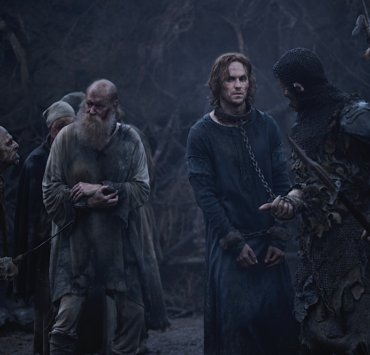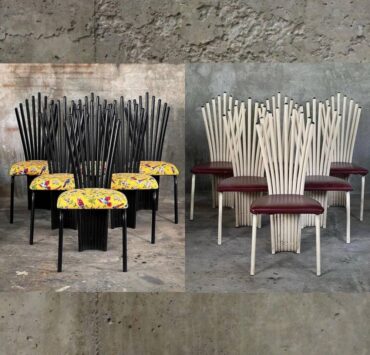Celebrating a fashion innovator
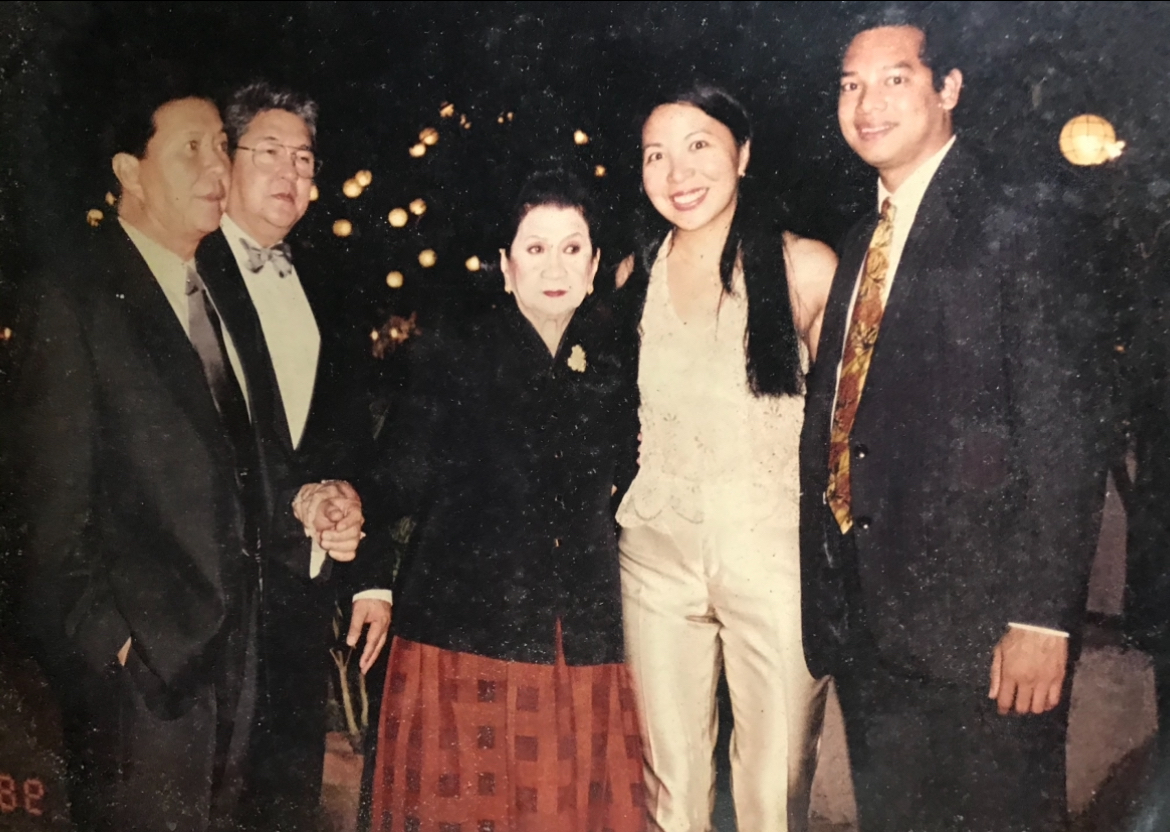
Designer Marina Reyes Antonio, whose career spanned from the 1930s to the 1990s, created elegant finery that empowered women and celebrated traditional femininity. Known for her Filipiniana gowns and formals adorned with delicate handmade flowers, painstaking beadwork and embroidery, Antonio prioritized comfort, allowing women to feel confident and beautiful in their own bodies.
Beyond her fashion accomplishments, Antonio was renowned for her hospitality, culinary innovations and green thumb. Her creativity inspired her children, grandchildren and great-grandchildren to pursue careers in design, culinary arts and visual arts.
A book about Antonio is in the works, and a commemorative exhibit titled “Love Marina” will open on Sept. 10 at SM Aura Premier in Taguig City.
The idea for the book was conceived last year when descendants of National Artist for Architecture Pablo Antonio and his son Pablo Jr. attended the historical marker ceremonies at Far Eastern University (FEU). The World Heritage Marker was being unveiled at the Art Deco building designed by Pablo Sr., and Pablo Jr.’s buildings, which complemented his father’s architectural style, were also honored. The Antonios’ involvement with FEU stemmed from their family’s relation to Nicanor Reyes, the university’s founder.

Encouraged by the head of FEU’s books Gwen Galvez, author, culinary teacher and designer Vicky Veloso-Barrera is finishing a book about her Lola Marina. Barrera, who has authored 18 books, including two award-winning cookbooks, has been collecting articles about the members of the clan for years, using them as sources for her writing.
Elite clientele
Marina was born in 1913 into a prominent family. Her father, Francisco Reyes, an older brother of Nicanor, was a ship captain who later abandoned the family. Marina learned from her mother, Adriana del Rosario, how to cook, sew and garden, developing a lifelong passion for these skills.
Marina met Pablo Antonio through mutual clients. She designed gowns for the wives of his clients, while he built houses for their families. It is said that the Yulos and Paezes tried to matchmake Marina, who was nine years younger than Pablo. Young brides felt like princesses in Marina’s feminine and flattering gowns, while older women appreciated the way her designs concealed their figure flaws. Silvina Clemente, a loyal client, commissioned Marina to create gowns from her wedding up to her 50th anniversary.

Beyond her local clientele, Marina’s designs were sought after by prominent local and international figures. She created gowns for presidential daughter Nini Quezon Avanceña, Gen. Douglas MacArthur’s wife Jean, writer/diplomat Claire Booth Luce and US first lady Pat Nixon.
While Marina catered to the elite, she also made her designs accessible to the middle class, who aspired to wear her dreamy creations. Quality was never compromised; as Barrera notes, “The gowns were no less beautiful as she put in the same amount of work and care.”
Barrera believes that Antonio’s story deserves to be known. Her strong work ethic allowed her to overcome her family’s challenges. Her sewing skills paved the way for a fruitful marriage that produced four generations of creatives.
Resourcefulness
Barrera notes that Marina’s significant contribution to fashion was her resourcefulness leading to innovations. Early in her career, Marina experimented with hand-painting fabrics and developed her unique fabric manipulation techniques. Her signature designs often featured handmade roses and sampaguita crafted from organdy, voile, and satin ribbons. Some of these flowers moved with the wearer or produced a three-dimensional effect. Decades before circular design became a trend, Marina recycled fabric scraps into flowers and other embellishments, promoting sustainability.
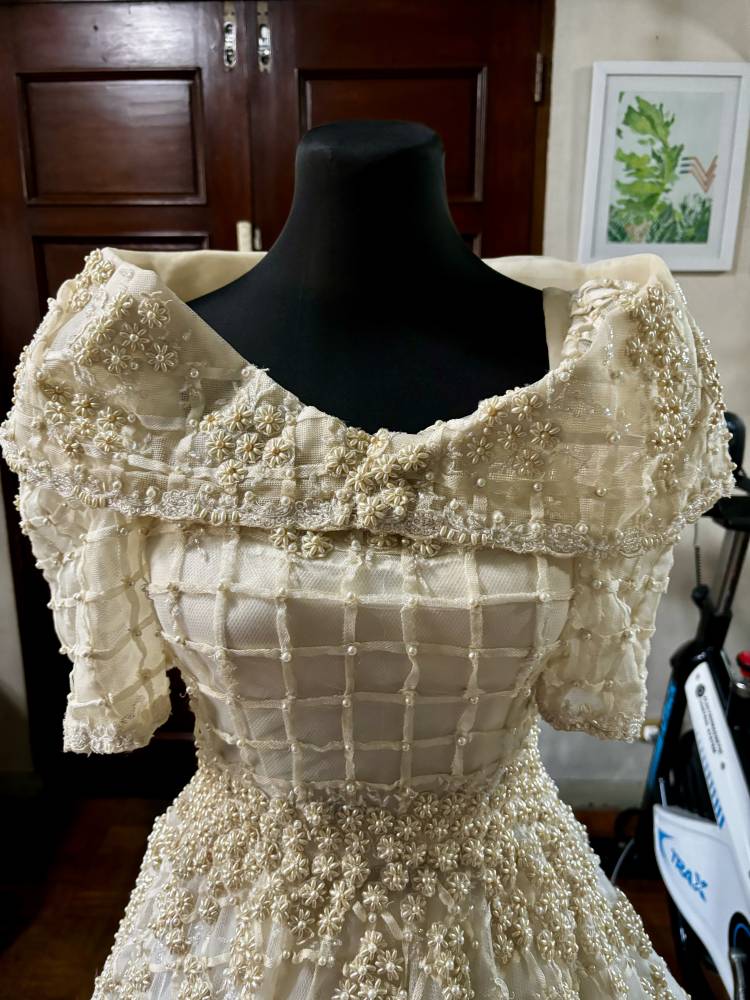
Barrera cites examples of terno sleeves with tambour embroidery, a complex hand embroidery technique that requires a special tool to create delicate chain stitches. Marina’s technical virtuosity allowed her to match the embroidery pattern to the fabric pattern of the gown.
For the wedding gown of Dr. Alice Paez to athlete and agri-businessman Luis “Moro” Lorenzo Sr., Marina enlisted the help of her husband’s draftsmen to design a grid pattern for the overskirt. Instead of sewing the tulle strips onto the overskirt, she secured them at the grid intersections with pearls, creating an elegant effect.
Barrera highlights her grandmother’s adaptability to changing times. While early designs were inspired by traditional Filipino attire, she later embraced the high-necked, fitted bodice and full skirt style popular in the late 20th century as seen in the wedding gown of Rica Lorenzo, now chairman and CEO of Lapanday Foods Corp. Marina likewise designed a body-hugging dress with black lace over a nude lining for her granddaughter.
Sustainable lifestyle
Marina led a sustainable lifestyle, working from home and tending a large garden filled with endemic plants and native fruit trees and flowers. She used her garden produce for décor and served tamarind and breadfruit to her clients, embodying a philosophy of “buena bonito barata”—good things can be cheap but beautiful.
Marina dictated some of her recipes to Barrera, which will be included in the book. One such recipe is for candied camote, made from rejected tubers that taste like marron glacé.
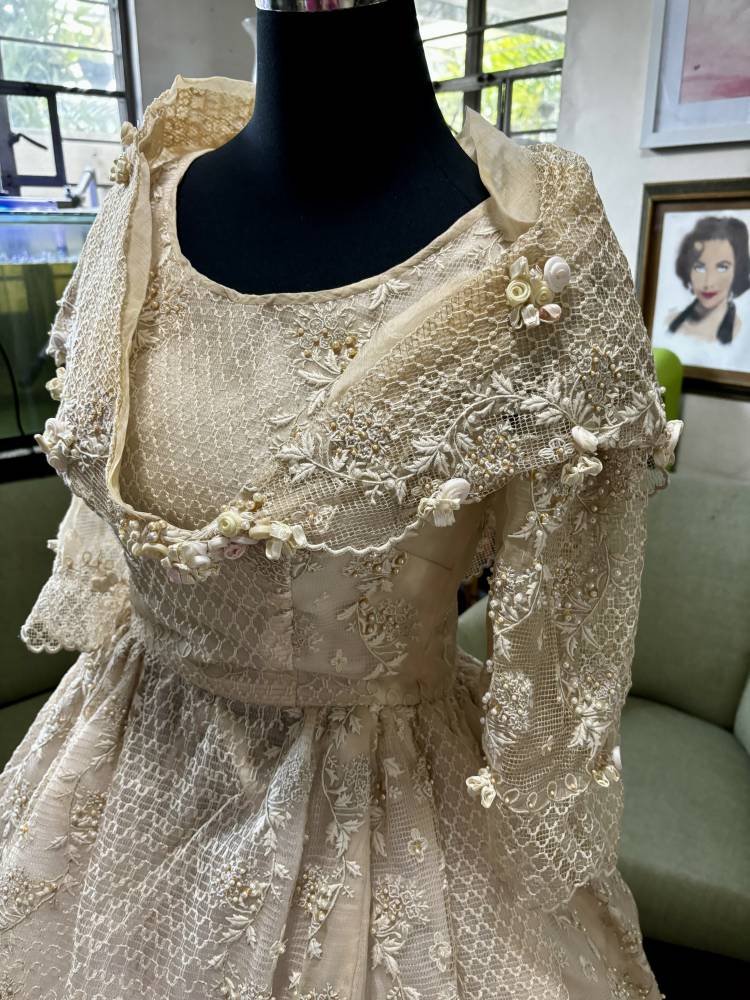
The Antonio matriarch died in 2004, leaving a legacy for her exhibit and book, “Love Marina.” Curated by Barrera, the exhibit will showcase 30 garments, including wedding gowns, representative fashion designs from Marina’s daughter Malu Veloso, and collaborative designs by third generation Barrera and her sister Letlet Veloso.
It will also introduce the early works of Marina’s great-granddaughter Hannah Barrera, a fashion design scholar at the College of Saint Benilde. Inspired by both historical silhouettes and famous paintings such as Van Gogh’s “Starry Night” and Michelangelo’s “Creation of Adam,” Hannah’s pieces showcase a unique blend of tradition and contemporary expression. Through skillful fabric manipulation, she upcycles scraps from her old jeans into voluminous gowns and edgy separates.
The exhibit will demonstrate the continuity of Marina’s floral elements throughout the generations. Pen-and-ink artworks by great-grandson and self-taught artist Joshua Barrera, featuring floral subjects executed in a pointillist style, will be placed alongside the clothes.
Asked about the Gen Z perspective on Marina’s work, Hannah notes that the gowns are adapted to the humid climate. Unlike Western couture, which often requires boning to shape the bodice, Marina’s gowns embody a breathable construction. The bridal gowns of affluent clients display symmetry, with identical embroidery patterns and pleats on both sides. Achieving this effect required careful fabric selection and additional material to ensure the patterns mirrored each other, she says.
Marina’s gowns were products of their time as there was limited access to foreign influences and advance knowledge in dress construction in the Philippines during her era. Despite the challenges of learning on her own, she created elegant designs that continue to inspire future generations.














